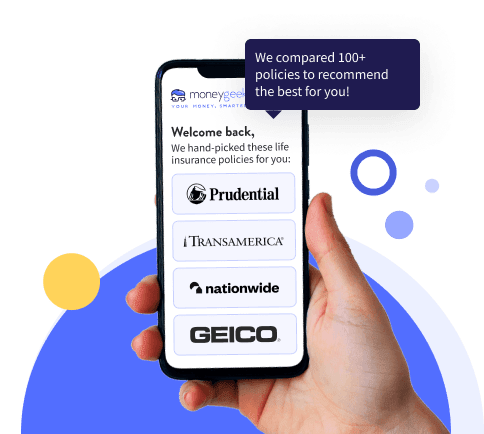The best age to get life insurance is usually in your 20s or 30s, when you're young, healthy and premiums are at their lowest. Buying early locks in lower rates for the long term and gives you access to more policy options.
As you age, premiums increase and coverage may become harder to qualify for, especially if health issues arise. In the sections below, we break down how life insurance works at different ages and life stages so you can find the right time to buy based on your needs.


